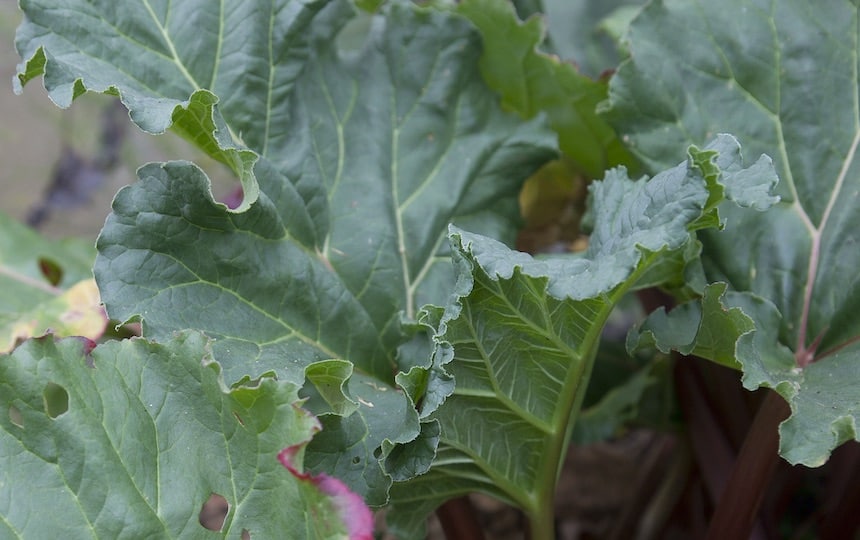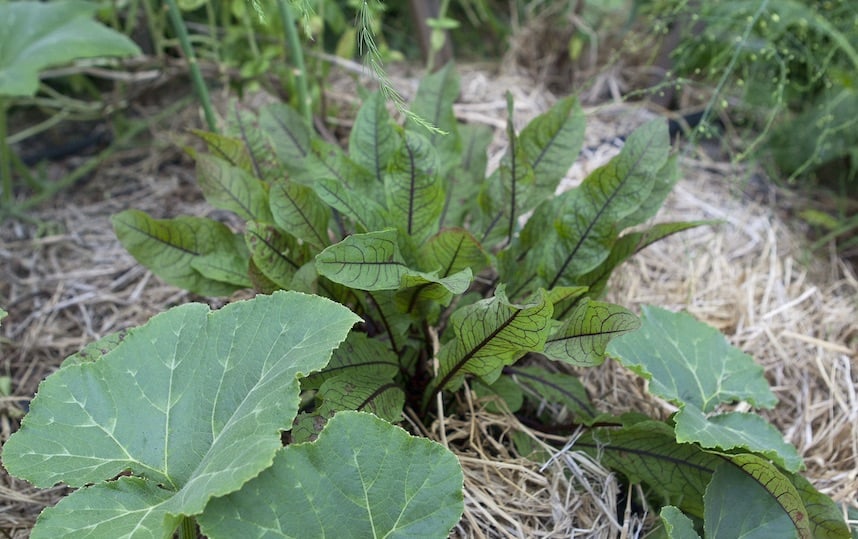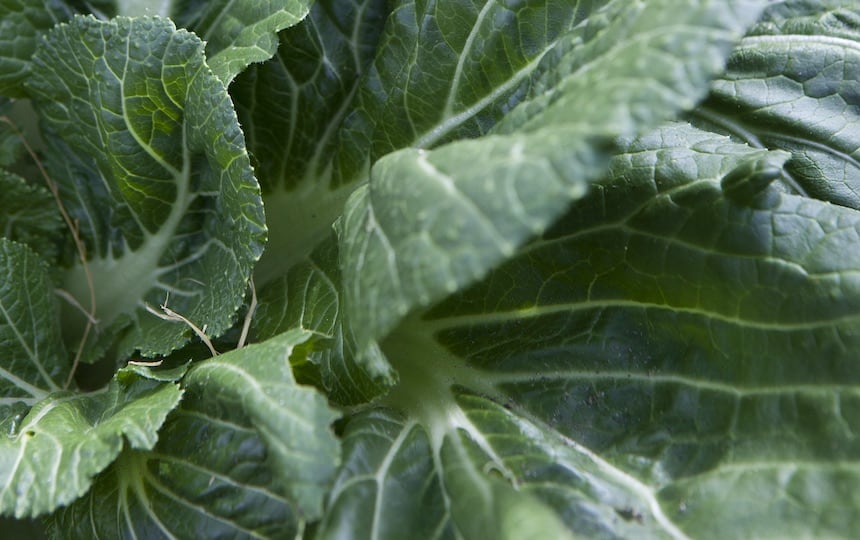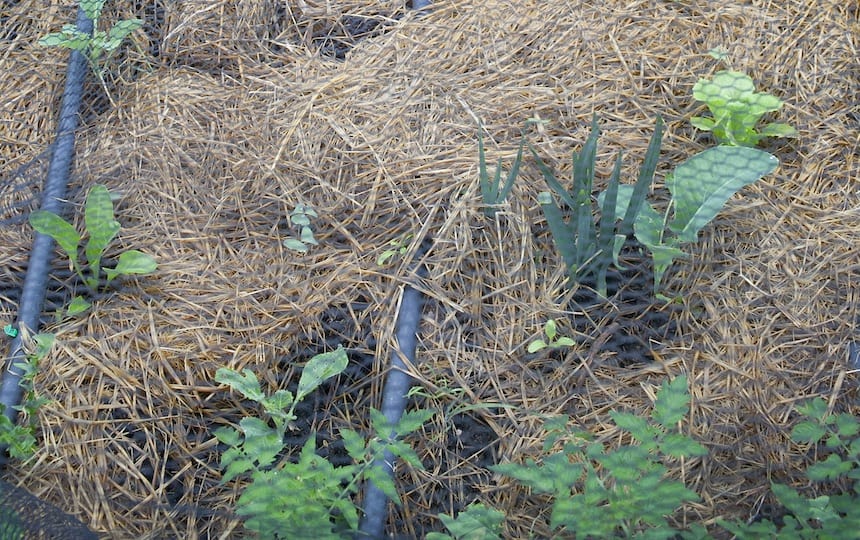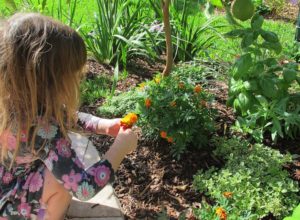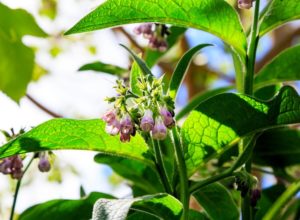Do you feel like you’re constantly battling pests in your garden for your fair share of the harvest? As strange as it may sound, a ‘do-nothing’ approach to pest management might just be what you are looking for.
What is do-nothing pest management?
The idea behind it all is about shifting from doing pest management and fighting these pests, to instead observing and working with nature to create a cultivated ecology.
Diversity ensures natural checks and balances. The more complex your edible garden system becomes over the years, the less often and less intense your pest problems are.
As you can imagine, this makes for a far more relaxing and rewarding gardening experience and far greater food abundance.
It is important to explore the way you perceive your garden and the insects, and manage your expectations.
- Expect that there will be some damage.
- Understand that things come back into balance in a healthy system even though there may be times of chaos and uncertainty.
- Accept diversity and difference, and hold a more flexible notion of what is “perfect”.
- I am also quite certain that “holes” cook well. I cannot tell the slightest difference in taste between a silverbeet leaf with a hole in it and one without. Can you?
7 strategies for do-nothing pest management
With this thinking in mind, here are seven simple do-nothing pest management strategies:
Diversify
Cultivating diversity is key; growing more flowers, herbs, vegetables, fruits, perennials, self-seeding annuals, water plants and natives. Polyculture is the foundation of success in a do-nothing pest management approach.
Select plants well
Choose plants that are hardy and locally adapted to your climatic region, microclimate and soils.
Plant at the right time
Don’t expect plants to flourish in conditions not conducive to their growth. Plants growing out of range and season will struggle.
Perennialise
Let most of your edible landscape be perennials and tree crops. Perennials have stronger, deeper root systems and help regenerate the soil. Encourage annuals to keep producing over a longer period of time by just harvesting the tips and outer leaves.
Build healthy soil
Alive soil nourishes plants and supports their healthy development, so minimise soil disturbance.
Integrate many soil activation strategies throughout your garden including worm towers, movable compost bins, compost bays, liquid fertilisers, chop and drop, cover crops, deep nutrient cyclers, leguminous shrubs, green manures and thick mulch.
Water deeply
Water-stressed plants are more susceptible to attack, so encourage plants to root deeply for water, and design to harvest rain in your garden soil.
Create habitat for helpers
There is nothing better than to sit back and watch little birds dart about the garden picking off pests. Most little birds are insectivorous and thrive where they have protection from predators (for example, dense bushes such as native shrubs, sacred basil and dwarf fruit trees).
Encourage frogs and lizards too, with a constant supply of water, logs, twigs and rough mulch.

